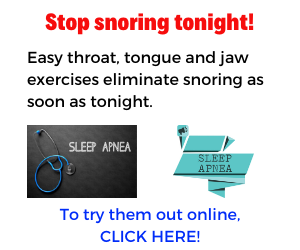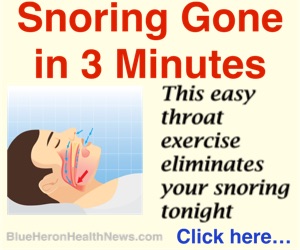Dizziness and vertigo are two sensations that can dramatically disrupt an individual’s daily life. While they are often used interchangeably, they represent distinct experiences with varying underlying causes. In this comprehensive guide, we will delve into the intricacies of dizziness and vertigo, exploring their definitions, causes, symptoms, and effective management strategies. By the end of this article, readers will have a clearer understanding of these conditions and be equipped with knowledge to navigate their effects more confidently.
Defining Dizziness and Vertigo:
Dizziness encompasses a broad spectrum of sensations, including feeling lightheaded, unsteady, or faint. It can result from various factors such as low blood pressure, dehydration, medication side effects, or inner ear disturbances. On the other hand, vertigo refers to a specific type of dizziness characterized by a sensation of spinning or the perception of movement when stationary. Unlike general dizziness, vertigo is often associated with issues in the vestibular system, which controls balance and spatial orientation.
Causes of Dizziness and Vertigo:
Understanding the underlying causes of dizziness and vertigo is crucial for effective management. Dizziness can stem from benign conditions like dehydration or fatigue, but it can also be a symptom of more serious ailments such as cardiovascular disorders or neurological issues. Similarly, vertigo may arise from inner ear disturbances like benign paroxysmal positional vertigo (BPPV), vestibular neuritis, Meniere’s disease, or even migraines.
Symptoms of Dizziness and Vertigo:
The symptoms associated with dizziness and vertigo can vary in severity and duration. Individuals experiencing dizziness may feel disoriented, faint, or have a sensation of floating. They may also exhibit symptoms such as nausea, sweating, or blurred vision. In contrast, vertigo often manifests as a spinning sensation accompanied by nausea, vomiting, imbalance, and difficulty focusing. These symptoms can significantly impact an individual’s quality of life, leading to anxiety, depression, and social isolation if left unaddressed.
Diagnosis and Evaluation:
Proper diagnosis is essential for determining the underlying cause of dizziness and vertigo. Healthcare professionals utilize various diagnostic tools and assessments to pinpoint the root of the problem. This may include a thorough medical history review, physical examination, balance tests, hearing evaluations, and imaging studies such as magnetic resonance imaging (MRI) or computed tomography (CT) scans. Additionally, specialized vestibular function tests may be conducted to assess the integrity of the inner ear and vestibular system.
Management Strategies:
Managing dizziness and vertigo requires a multifaceted approach tailored to the individual’s specific needs and underlying conditions. Treatment options may include:
- Medications: Depending on the diagnosis, healthcare providers may prescribe medications to alleviate symptoms or address underlying causes. These may include antiemetics to control nausea, vestibular suppressants to reduce vertigo episodes, or medications targeting specific conditions like Meniere’s disease or vestibular migraines.
- Vestibular Rehabilitation Therapy (VRT): VRT is a specialized exercise-based program designed to improve balance and reduce dizziness and vertigo symptoms. It involves a series of customized exercises aimed at retraining the brain to compensate for vestibular dysfunction and enhance overall balance and stability.
- Canalith Repositioning Maneuvers: For individuals diagnosed with BPPV, canalith repositioning maneuvers such as the Epley maneuver or Semont maneuver can effectively reposition displaced otoconia (calcium carbonate crystals) within the inner ear’s semicircular canals, alleviating vertigo symptoms.
- Lifestyle Modifications: Certain lifestyle modifications can help manage dizziness and vertigo. These may include staying hydrated, avoiding triggers such as caffeine or alcohol, practicing stress-reduction techniques, getting an adequate amount of sleep, and incorporating regular physical activity into one’s routine.
- Surgical Interventions: In cases where conservative treatments fail to provide relief, surgical interventions may be considered. Procedures such as vestibular nerve section, endolymphatic sac decompression, or labyrinthectomy may be recommended for specific conditions like Meniere’s disease or intractable vertigo refractory to other treatments.
Conclusion:
Dizziness and vertigo are complex phenomena with diverse underlying causes and manifestations. While these conditions can be challenging to manage, comprehensive evaluation, accurate diagnosis, and personalized treatment plans can significantly improve outcomes and enhance quality of life. By understanding the nuances of dizziness and vertigo and implementing appropriate management strategies, individuals can regain control over their symptoms and navigate life with greater confidence and stability. Remember, seeking guidance from healthcare professionals is paramount in addressing these issues effectively and ensuring optimal care and support.





